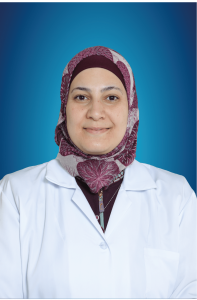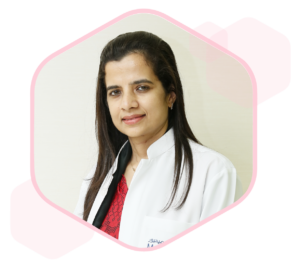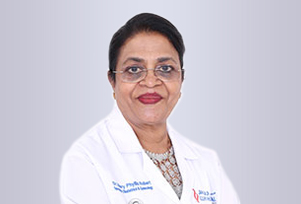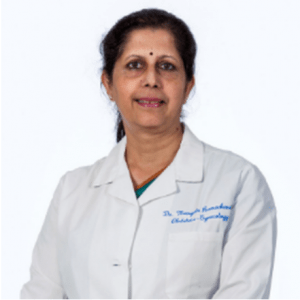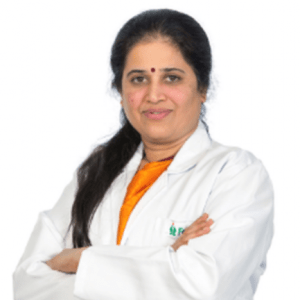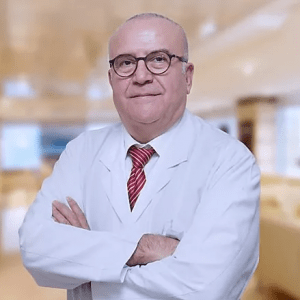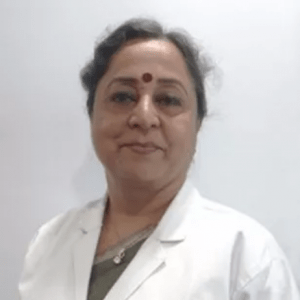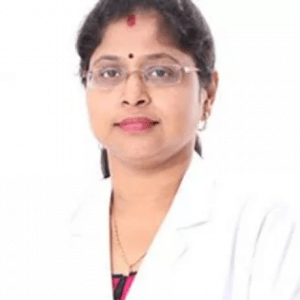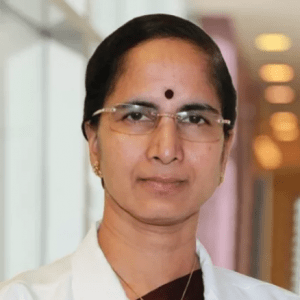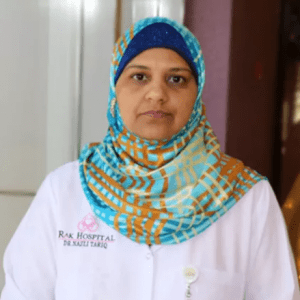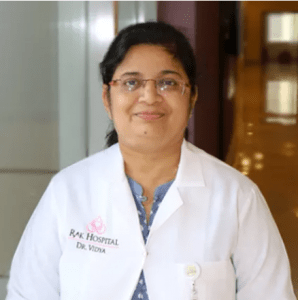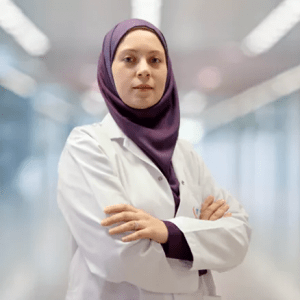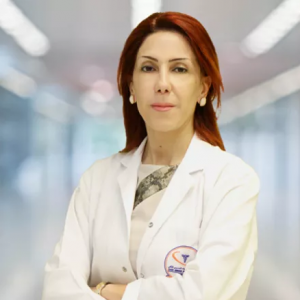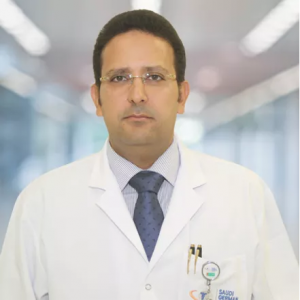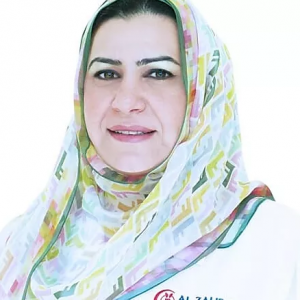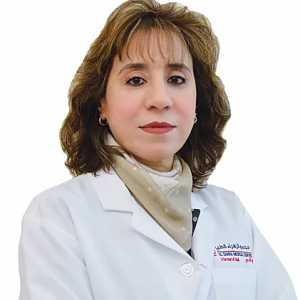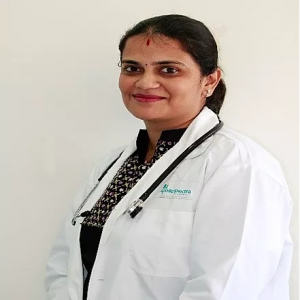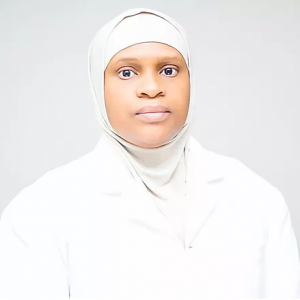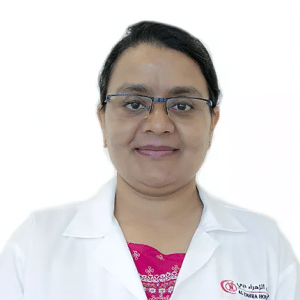Endometriosis
Endometriosis is a disorder in which tissue similar to the ones that usually lines the inside of the uterus (the endometrium) grows outside the uterus. Endometriosis most frequently involves the ovaries, fallopian tubes, and tissues lining the pelvis. In rare instances, endometrial tissue may spread further than the pelvic organs. This endometrial-like tissue acts as […] Read More
Top Doctors For Endometriosis Treatments
Top Hospitals For Endometriosis Treatments
Endometriosis
- Superficial peritoneal lesion: This is the commonest. Lesions develop on the peritoneum, a thin film lining the pelvic cavity.
- Endometrioma (ovarian lesion): Also known as chocolate cysts, they are dark, fluid-filled cysts formed deep in the ovaries. Doesn’t respond well to treatment and can damage healthy tissue.
- Deeply infiltrating endometriosis: This grows under the peritoneum and may involve organs like bowels or bladder that are near the uterus. About 1-5% of women with endometriosis have this type.
- Stage I (minimal): In this stage, there a few small lesions but no scar tissue.
- Stage II (mild): In this stage, there are now more lesions but no scar tissue. This involves less than 2 inches of the abdomen.
- Stage II (moderate): In this stage, the lesions may become deeper. Endometriomas and scar tissue may also appear around the ovaries or fallopian tubes.
- Stage IV (severe): In this stage, there are many lessons and maybe large cysts in the ovaries. There may also be scars tissue around the ovaries and fallopian tubes or between the uterus and the lower part of the intestines.
- Pelvic exam: Cysts or scars may be felt behind the uterus.
- Imaging tests: Such as ultrasound, CT scan or MRI makes detailed pictures of organs.
- Laparoscopy: A small cut is made in the belly and a thin tube with a camera known as a laparoscope is inserted on the end. It helps to see where and how big the lesions are. This is the only way to be completely certain of endometriosis.
- Biopsy: A sample of the tissue is collected and examined under a microscope to confirm the diagnosis.
- Pain medications: Such as over-the-counter (OTC) non-steroidal anti-inflammatory drugs (NSAIDs) or prescription drugs for the treatment of painful menses.
- Hormones: Endometriosis treatment may be with hormonal therapies like hormonal birth control, Gonadotropin-releasing hormone (Gn-RH) agonists and antagonists, Medroxyprogesterone (Depo-Provera) or Danazol. Insertion of an intrauterine device (IUD) may also be recommended.
- Surgery: Initial surgery may just be to remove the areas of endometriosis. Later on, a hysterectomy which involves the removal of both ovaries may become necessary.
- Fertility treatment: In-vitro fertilization (IVF) may be recommended for pregnancy.
Symptoms
Endometriosis symptoms include the following:
- Primary symptom of endometriosis disorder is pelvic pain, often associated with menstrual periods. Women with endometriosis usually describe menstrual pain far worse than the usual. Over time, the pain may also increase.
- Painful periods (dysmenorrhea).
- Lower back and abdominal pain.
- Painful intercourse.
- Pain with bowel movements or urination.
- Heavy menstrual periods and excessive bleeding between periods (inter menstrual bleeding).
- Infertility.
- Other include fatigue, diarrhoea, constipation, bloating or nausea, especially during menstrual periods.
- Presence of blood in stool or urine.
Causes
Although there are no exact or known endometriosis causes, probable explanations include:
- Retrograde menstruation: In a retrograde menstruation, rather than flow out of the body, menstrual blood containing endometrial cells flows back through the fallopian tubes into the pelvic cavity. These endometrial cells then stick to surfaces of pelvic organs and the pelvic walls, where they continue to develop and thicken and bleed over the course of each menstrual cycle.
- Transformation of peritoneal cells: known as the “induction theory”, experts suggest that hormones or immune factors promote transformation of peritoneal cells (which line the inner side of the abdomen) into endometrial-like cells.
- Embryonic cell transformation: It is believed that hormones such as oestrogen may transform embryonic cells (cells in the earliest stages of pregnancy development) into endometrial-like cell implants during puberty.
- Surgical scar implantation: After surgeries, like hysterectomy or C-section, endometrial cells may fasten to sites of surgical incisions.
- Endometrial cell transport: It is believed that blood vessels or lymphatic fluid system may transport endometrial cells to other parts of the body.
- Immune system disorder: Immune system disorders may make the body unable to recognize and destroy endometrial-like tissue that's growing outside the uterus.
Diagnosis of endometriosis
Endometriosis is diagnosed with series of investigation.
- Pelvic exam: Cysts or scars may be felt behind the uterus.
- Imaging tests: Such as ultrasound, CT scan or MRI make detailed pictures of organs.
- Laparoscopy: A small cut is made in the belly and a thin tube with a camera known as laparoscope is inserted on the end. It helps to see where and how big the lesions are. This is the only way to be completely certain of an endometriosis.
- Biopsy: A sample of the tissue is collected and examined under a microscope to confirm the diagnosis.
FAQ
What are the likely risk factors for endometriosis?
Several factors place a woman at greater risk of developing endometriosis:
- No prior childbirth.
- Starting menstruation at an early age.
- Entering menopause at an older age.
- Short menstrual cycles; for example less than 27 days.
- Heavy menstrual periods lasting longer than 7 days.
- Having higher levels of oestrogen in the body.
- Low body mass index.
- One or more relatives with endometriosis.
- Medical condition(s) that prevents(s) the normal passage of menstrual flow out of the body.
- Reproductive tract defects.
What are the possible complications to result from an endometriosis?
Infertility
The highest complication of endometriosis is impaired fertility. Around one-third to one-half of women with endometriosis have difficulty getting pregnant.
Cancer
There is a high rate of ovarian cancer occurring in those with endometriosis. Also, another type of cancer, endometriosis-associated adenocarcinoma, although rare can develop later in life in those who have had endometriosis.
What are lifestyle or home remedies of endometriosis?
Some self-care tips you can do at home that may help with pain are:
- Take warm baths.
- Put a hot water bottle or heating pad on the belly.
- Exercise regularly.
- Get some over-the-counter non-steroidal anti-inflammatory drugs (NSAIDs) to help ease painful menstrual cramps.
What is the outlook for endometriosis?
Endometriosis is a chronic disorder with no cure. Its causes are yet to be understood.
This, however, doesn’t mean the condition has to impact daily life activities. There are a host of effective treatments available to manage pain and fertility issues, like medications, hormone therapy, and surgery. The symptoms of endometriosis normally improve after menopause.


